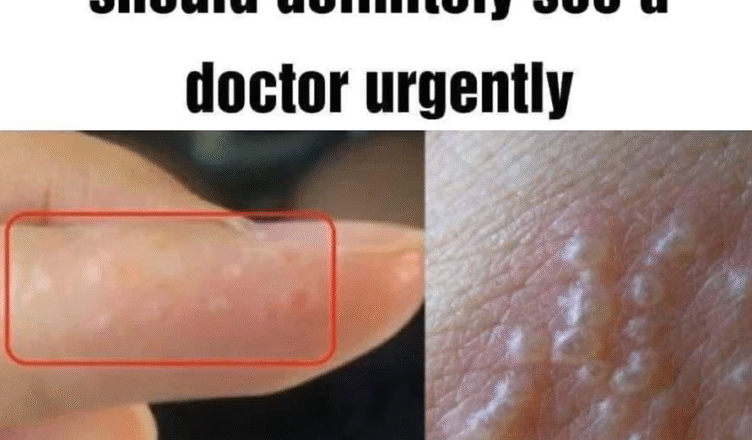Dyshidrotic eczema is a skin condition that commonly affects the hands and feet, often appearing during the spring months. It is characterized by small, itchy blisters, redness, and cracked skin. While there is no permanent cure, flare-ups can be effectively managed with proper care and treatment. This type of eczema is not contagious and is often linked to allergies, stress, or a family history of skin conditions.
Typical symptoms include tiny, deep-set blisters on the palms, fingers, and soles of the feet, which can cause itching, discomfort, and flaking. People with a history of atopic eczema, hay fever, or contact dermatitis may be more prone to dyshidrotic eczema. In some cases, the blisters may become infected, so early identification and proper care are essential to support healing.
Treatment options usually involve topical corticosteroid creams, antihistamines, or prescription ointments such as Protopic or Elidel. For severe or persistent cases, healthcare providers may recommend phototherapy (UV light treatment) or carefully draining larger blisters under medical supervision. Consulting a qualified healthcare professional is crucial for an accurate diagnosis and personalized treatment plan.
Alongside medical treatments, home care strategies can help reduce discomfort. Applying cold compresses, using soothing aloe vera, or oatmeal-based remedies may relieve itching and irritation.
Keeping the affected areas clean, well-moisturized, and protected from excessive friction or harsh chemicals is essential for managing flare-ups. With consistent care and attention, individuals with dyshidrotic eczema can minimize symptoms and maintain healthier skin over time.
